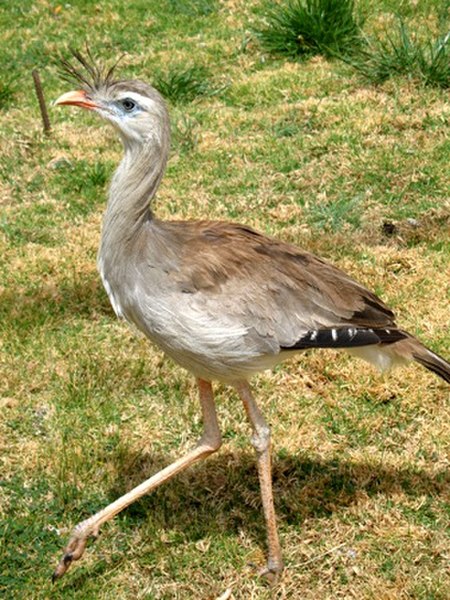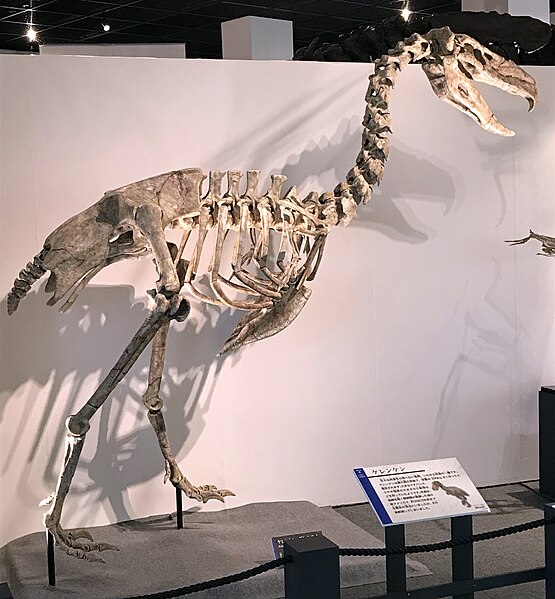The seriemas are the sole living members of the small bird family Cariamidae, which is also the only surviving lineage of the order Cariamiformes. Once believed to be related to cranes, they have been placed near the falcons, parrots and passerines, as well as the extinct Phorusrhacidae. The seriemas are large, long-legged territorial birds that range from 70–90 cm (28–35 in) in length. They live in grasslands, savanna, dry woodland and open forests of Brazil, Bolivia, Argentina, Paraguay and Uruguay. There are two species of seriemas, the red-legged seriema and the black-legged seriema. Names for these birds in the Tupian languages are variously spelled as siriema, sariama, and çariama, and mean "crested".
Seriema
The black-legged seriema (Chunga burmeisteri) is smaller and has a more restricted distribution.
The frontal crest of the red-legged seriema (Cariama cristata) is unique among Neotropical birds.
The seriemas have short wings and rarely take flight.
Cariamiformes is an order of primarily flightless birds that has existed for over 60 million years. The group includes the family Cariamidae (seriemas) and the extinct families Phorusrhacidae, Bathornithidae, Idiornithidae and Ameghinornithidae. Though traditionally considered a suborder within Gruiformes, both morphological and genetic studies show that it belongs to a separate group of birds, Australaves, whose other living members are Falconidae, Psittaciformes and Passeriformes.
Image: Cariama cristata
Image: Kelenken skeleton






